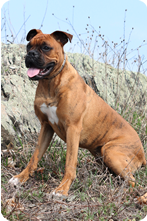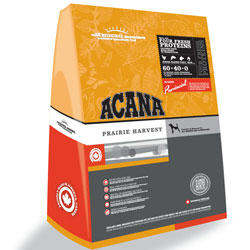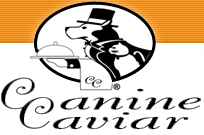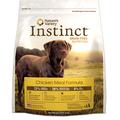Canine...
"Great people and very nice store!!!! Awesome dogs too!!!" .....Amy S.
The first step in understanding dog physiology is to
remember that, although we hate to admit it, your dog is NOT a
human. Its dietary needs are very different than a human. There
have been studies done on domesticated dogs to determine what, if any,
changes have developed as the result of domestication. The only slight
change that was noted was the dog has the ability to process a slightly
higher percentage of carbohydrates in their diet without affecting
kidney function. Domestication of the dog has done nothing, however, to
change the basic nutritional needs of the canine.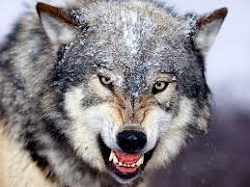
They remain closest genetically to the gray wolf, with whom they share over 99% of their mitochondrial DNA. The only difference between a wolf and a dog is that we allow our dogs to sleep in our beds! Dogs are considered carnivores but they have the ability to tolerate products other than meat. Their preferable diet consists of 95% meat, 5% carbohydrates, vegetables and fruits. Unlike felines, they are not solely dependent on meat. They should be thought of as “whole body eaters”. This means that in the wild, a canine will hunt an animal and consume the entire thing.
The way a canine processes their diet is also very
different then a human. Their teeth are jagged and designed to cut and
tear meat from the bone. Their lower jaw is in a fixed position, it
cannot move from side to side to grind foods like a human jaw is
designed. Their molars are made to crush bones, not grind grains. The
canine is designed to swallow the chunks of meat whole. If the chunk is
too big and it doesn’t fit down the esophagus, it will throw it up and
cut it into a smaller chunk and swallow it again. This is very
gross to humans but it is perfectly normal to a dog. We think that dogs
that gulp their dinner without chewing it aren’t “enjoying” their food
but actually that is the way a dog is made to enjoy its food! ![]()
Now that you know what the natural diet is for the dog, you can choose a diet that most closely resembles it. Choose a diet that not only is healthy for your dog but also fits your lifestyle. Price and convenience are also factors to consider. Choose the best diet that you can afford.
There are many diets to choose from. The following is a list of choices in order of closest to the natural diet to furthest from the natural diet.
- Raw meat diet -Commercial raw frozen diets are an excellent choice because they are
already prepared, all inclusive and easy to feed. (Longevity, Natures Variety,
Natures Logic, Bravo! are excellent choices.)
- Dehydrated Raw or Freeze Dried Raw - When
re-hydrated these offer all the benefits of raw but have shelf
stability for those that do not have freezer space.(Grandma Lucy's, Primal, & The Honest Kitchen offer this convenience.)
- Canned Diets - These
are a complete diet with moisture included, but are cooked.
Choose only grain free varieties.(Almo Nature, Natures Variety, Wellness, & Natures
Logic offer great choices.)
- Kibble Dry Diets - Ideally these should also be grain free. Since they are cooked at high temperatures, contain some carbohydrates & do not have moisture, these are the furthest from their natural diet, but are generally more affordable than the other types of diets especially for larger sized dogs. (If you do choose these, there are some great brands available such as: Natures Variety, Fromm, Orijen, Acana, Nutri Source, Natures Logic & Canine Caviar.)
By feeding your dog a diet that more closely resembles the diet the animal has evolved to eat, you will keep your dog healthier and will also add years to it’s life. They can’t shop for themselves, so it is your job to read all the labels and choose your best friends diet wisely!
![]()
![]()
![]()

